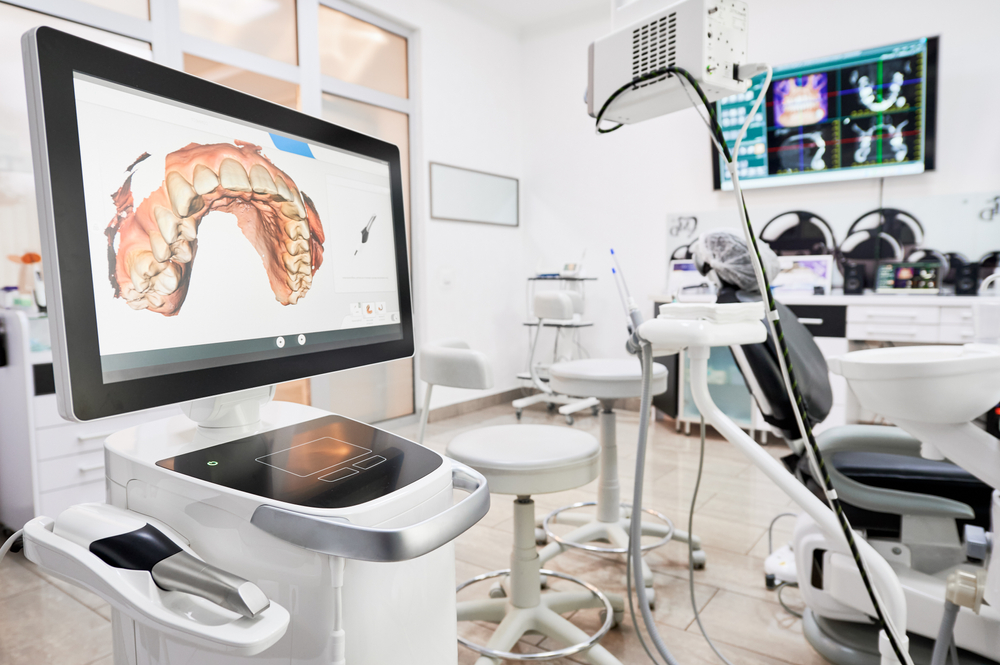Exploring Risk Factors for Tooth Extraction
Although dental extractions are standard procedures for dental professionals, the necessity of this removal may come as a surprise to your patients. As a professional, it is up to you to determine whether the extraction will be simple or require surgery. While no one plans to destroy their teeth, sometimes exodontia is the only option when teeth cannot be saved. There are generally five scenarios that call for dental extraction.
Impaction
When growth causes one tooth to push against another tooth, this causes impaction. A common scenario involves wisdom teeth, which are usually the last to erupt. For many people, this occurs during their late teens and early 20s after the jaw has fully developed. Risk factors associated with impaction include genetics and a lack of orthodontic care. Some common symptoms of impacted teeth include the following:
Swelling and redness of the gingiva around the impacted tooth
Discomfort or tenderness of the gingiva or mandible.
Bad breath
Chronic headache or jaw pain
Difficulty opening the mouth
Failure to remove an impacted tooth can lead to decay, misalignment, gingivitis, or a cyst under the gumline.
Overcrowding
Overcrowding is often associated with impaction. For some patients, this overcrowding may not be painful, but it may negatively impact tooth alignment, leading to crooked smiles. Several risk factors can result in overcrowding:
Improper mandibular development due to childhood allergies
Genetic factors such as a smaller or misaligned mandible, cleft lip, or cleft palate
Facial or dental trauma
Improper eruption of permanent teeth
Frequent pacifier use in infants and toddlers
Tongue thrusting
Overcrowding is something that can take place at any point in life, especially with the loss of bone density as the patient ages.
Tooth Decay
The accumulation of tartar and plaque breaks down the tooth’s enamel, weakening it and leading to permanent damage or cavities. When untreated, the destruction of teeth spreads inward, attacking the dentin and the pulp, leading to pain and requiring extraction. Anyone that has teeth is at risk of decay, but these factors can increase the risk:
Difficult-to-reach and/or -clean teeth
Poor dental care habits (insufficient brushing and flossing)
Regular snacking on or drinking sugary foods and beverages
Lack of fluoride
Late-night infant feeding
Heartburn or reflux
Eating disorders
Lack of saliva or dry mouth
Improperly fitting dental devices or weakened fillings
Severe decay can lead to disruptive pain, difficulty chewing, life-threatening infection, and broken or damaged teeth.
Periodontal Disease and Periodontitis
Periodontal disease and its more serious form, periodontitis, result from a gum infection that impacts the soft tissue. Untreated, these conditions can lead to loosened teeth and ultimately the loss of teeth. Common risk factors include gingivitis, poor oral health, tobacco usage, recreational use of narcotics, vitamin deficiency, lowered immunity, obesity, hormone changes (as with pregnancy or menopause), and some diseases.
Dental Trauma
Despite how hard healthy teeth are, they can break or become damaged. Risk factors for dental injuries include falls, car accidents, pranks, sports, and other activities where impact to the face or jaw is possible. Poor dental care, the presence of disease, physical violence, and obesity can also lead to traumatic dental injury that requires removal.
Socket Preservation
Once a tooth is extracted, it leaves behind a small hole or socket. The bone that supported the extracted tooth will be resorbed, leaving a gap that may lead to misalignment of the teeth. Preserving the socket or alveolar ridge involves installing a bone graft to maintain the structural integrity of the socket. The main advantages of socket preservation include the following:
Avoiding dry socket, a condition where the blood clot over the extraction site is removed, causing severe pain
Preventing teeth from moving out of place, impacting smile, appearance, and oral functions, such as biting and chewing
Building a foundation for future dental implants or dentures
The prospect of having teeth purposely removed can be intimidating to your patients. It’s important to discuss the risk factors for conditions that lead to dental extractions. It’s also helpful to explain the socket preservation process, including bone graft material options and the expected recovery process.
|
|
|